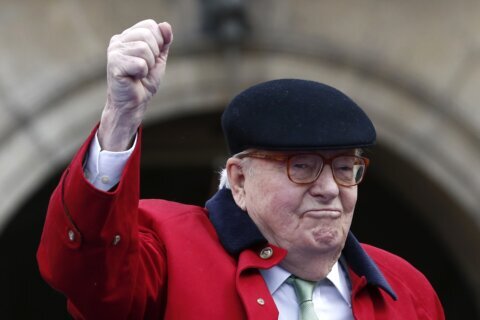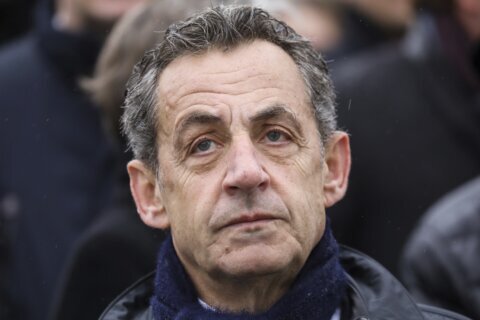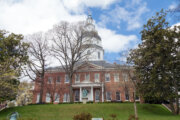The Associated Press
It’s been a busy week for some of the world’s major central banks.
On Friday, the Bank of Japan surprised financial markets by intensifying its purchases of government bonds and other assets to try to revive a faltering recovery. Across the Pacific, the Federal Reserve took the opposite step earlier in the week. Judging that the U.S. economy was on strong enough footing, the Fed unwound a big stimulus program as it upgraded its assessment of the U.S. job market.
Here are steps that major central banks around the world have taken recently to try to bolster their economies:
— BANK OF JAPAN
Interest rates: Japan expanded its already massive stimulus spending by announcing that it would pump trillions more yen into the financial system. The central bank will increase its purchases of government bonds and other assets by between 10 trillion yen and 20 trillion yen ($91 billion to $181 billion) to about 80 trillion yen ($725 billion) in total annually. The surprise move is intended to bolster anemic economic growth and ward off deflation. The bank has kept its benchmark rate near zero.
Other policies: The Bank of Japan will triple its purchases of exchange-traded funds and real estate investment trusts and increase the average maturity of the assets it holds to 10 years from seven years.
— FEDERAL RESERVE
Interest rates: The Federal Reserve this week reiterated its plan to keep its key short-term rate at a record low “for a considerable time.” But it noted that the job market is strengthening and made other observations in a statement that suggested it is looking toward an eventual rate hike.
A recent hot streak in job growth has shrunk the unemployment rate to 5.9 percent from 7.2 percent a year ago. As a result, the Fed has upgraded its view of the labor market, saying that “underutilization of labor resources is gradually diminishing.”
Other policies: In a move opposite to its Japanese counterpart’s actions, the Fed ended its own asset-purchase program, which had pumped $3 trillion-plus into the U.S. economy over the past six years. The Fed cited an improving labor market and strengthening economy in its decision.
— BANK OF RUSSIA
Interest rates: Russia’s central bank raised its main interest rate Friday by a sharp 1.5 percentage points to 9.5 percent to try to shore up the plummeting national currency. The move follows the ruble’s fall earlier this week to an all-time low of 43.4 rubles per dollar. The ruble strengthened after the bank’s announcement. But it soon sank again reflecting the fundamental factors that have driven it down over the past few months — falling oil prices and continuing tensions over Ukraine.
— EUROPEAN CENTRAL BANK
Interest rates: The European Central Bank kept its benchmark rate unchanged at 0.05 percent at a meeting earlier this month. ECB President Mario Draghi has conceded that rates are as low as they can go.
Other policies: The ECB is under pressure to introduce more aggressive stimulus measures to boost the ailing eurozone economy. In September, it announced an unconventional program to buy bonds made of bundles of bank loans to encourage banks to boost lending. Draghi has described the economic recovery in the 18 euro countries as “weak, fragile, and uneven” and held out the eventual prospect of doing large scale bond purchases, or quantitative easing, later on if the economy worsens.
— BANK OF ENGLAND
Interest rates: Has kept its benchmark rate at a record low of 0.5 percent since 2009. Governor Mark Carney has suggested that rates could start rising next year as Europe’s third-largest economy recovers at a brisk pace. But with inflation at 1.5 percent, below the 2 percent target, pressure to do so remains muted.
Other policies: With the British economy gradually returning to normal and the job market improving faster than predicted, policymakers have declined to pump more money into the economy.
— CENTRAL BANK OF BRAZIL
Interest rates: Brazil’s central bank also surprised financial markets this week by raising its benchmark interest to 11.25 percent from 11 percent in an effort to control inflation. The central bank’s inflation target is 4.5 percent, but data showed that consumer prices in September rose at an annual rate of 6.75 percent.
Copyright 2014 The Associated Press. All rights reserved. This material may not be published, broadcast, rewritten or redistributed.







